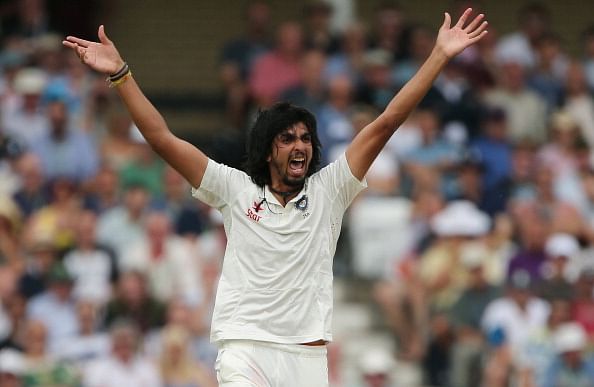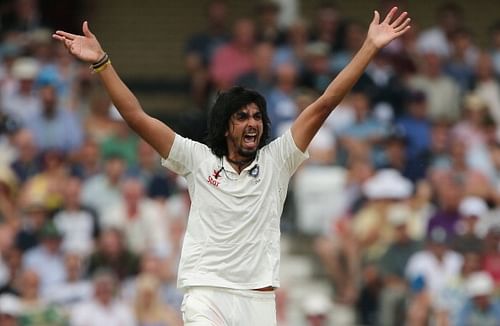
England vs India 1st Test: Reverse swing comes to India's aid on Day 3

Nottingham – Where a bowler is not good enough or the conditions not conducive to throw up results with conventional swing, the fall back is inevitably reverse swing, where the red leather balls defies science and fortuitously deviates in the opposite direction.
This is precisely what occurred as for the third consecutive day, medium pacers reaped rewards in the hour after lunch. In this case, in the second hour, as well.
Altogether, nine wickets have fallen in the combined three hours - two on the first day, four on the second day and three on the third day - in this opening India-England Test of a first best-of-five series in England between the two nations in 55 years.
In the case of the third day, all three scalps went to Ishant Sharma, the tallest of the new ball bowlers on either side.
Indeed, the hunt didn't halt there. Mohammed Shami surprised the bearded Moeen Ali, who is of Pakistani origin, with a short ball. Thereafter, Bhuvneshwar Kumar got into the act. Matt Prior was adjudged caught behind with Mahendra Dhoni standing right up to the stumps. In the same over, Ben Stokes presented a low edge to the wicket-keeper off the Uttar Pradesh swing merchant.
The Indians were wicketless in the morning, despite a cloud cover. The Indian skipper Dhoni adopted intriguing tactics as he stood up to the wicket to Kumar operating around 80 miles per hour.
This pegged Sam Robson and Gary Ballance to the crease, even pushed them to the backfoot. Interestingly, the tourists, contrary to the Englishmen, have fancied their chances of gaining lbws with the unpredictability of reverse swing.
The Indians were not incorrect, for two of Sharma's three victims were indeed trapped in front, the second of these, Ballance, certainly a casualty of reverse.
Change of ball changed everything
Three for 29 was the Delhi seamer's return in the two hour period. And it all commenced after a change of ball, following the existing one going out of shape.
It was a fine exhibition of sticking to the task on an unusually slow pitch. Rarely would one witness a wicket-keeper and slips standing as far up as the Indians did in the England innings.
Such was the pensive nature of the pitch. Yet, six wickets for 74 runs between lunch and tea - India's achievement - was by far the most bountiful session bowlers have experienced in this match.
However, whether it is an excess of cricket or the perennial problem of Indian fast bowlers progressively slowing down, Shami's pace was disappointing. His less vigorous approach was understandable on the second day after his unaccustomed exertions with the bat.
But here was a man bowling at 90 mph last year and over the winter; now he's struggling to clock 85.
Fatigue could, in fact, be an issue in the current series. Five Test matches in 42 days is a punishment for any cricketer, let alone a fast bowler.
A balmy English summer coupled with placid pitches could mean long spells of bowling in the sun; not a recipe a speedster would relish. So, it won't be surprising if some of the quicker bowlers fail to last the course.